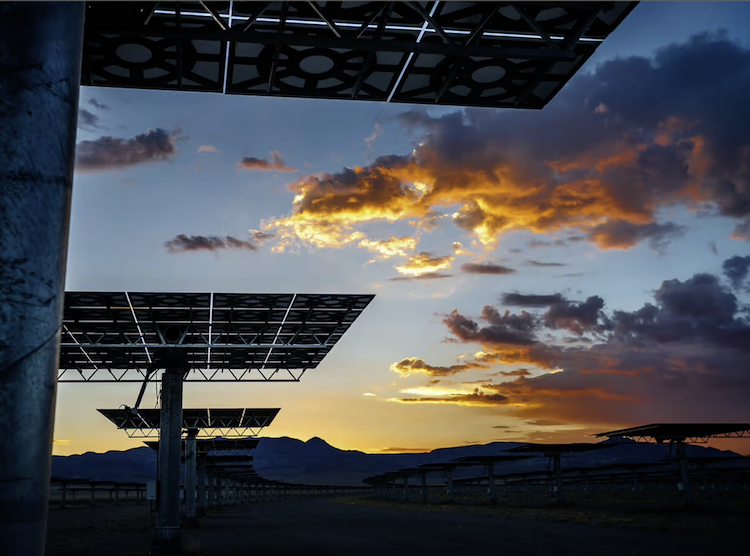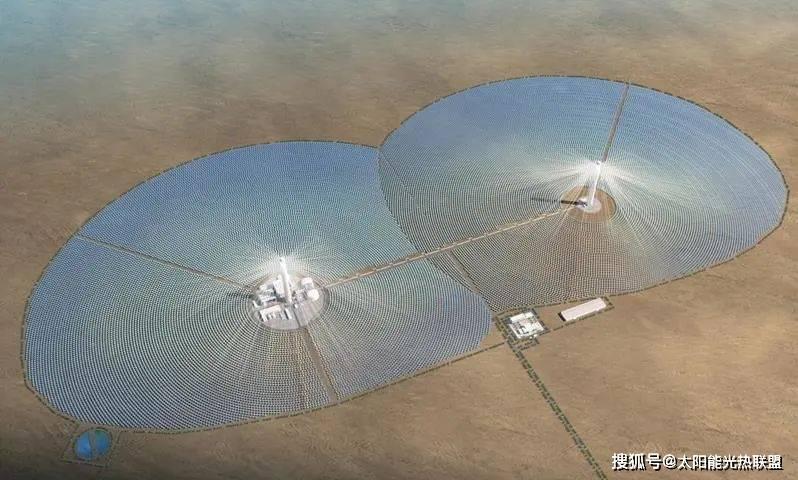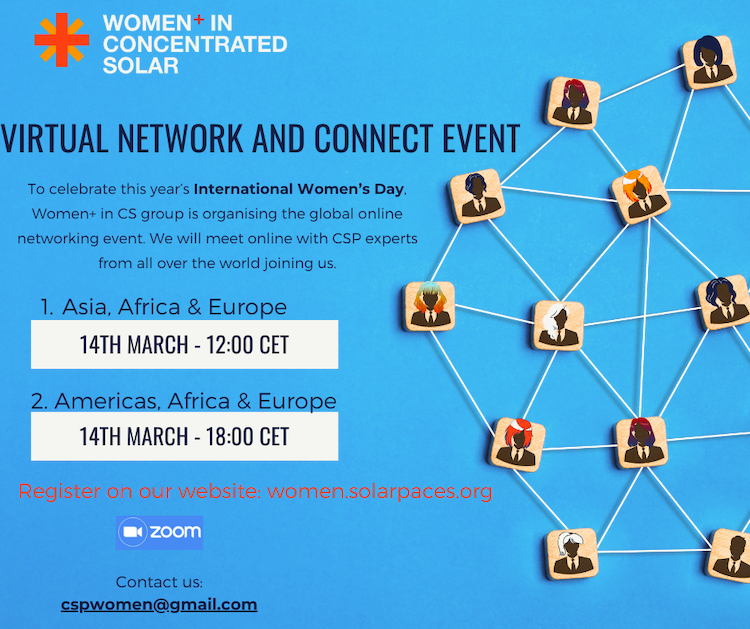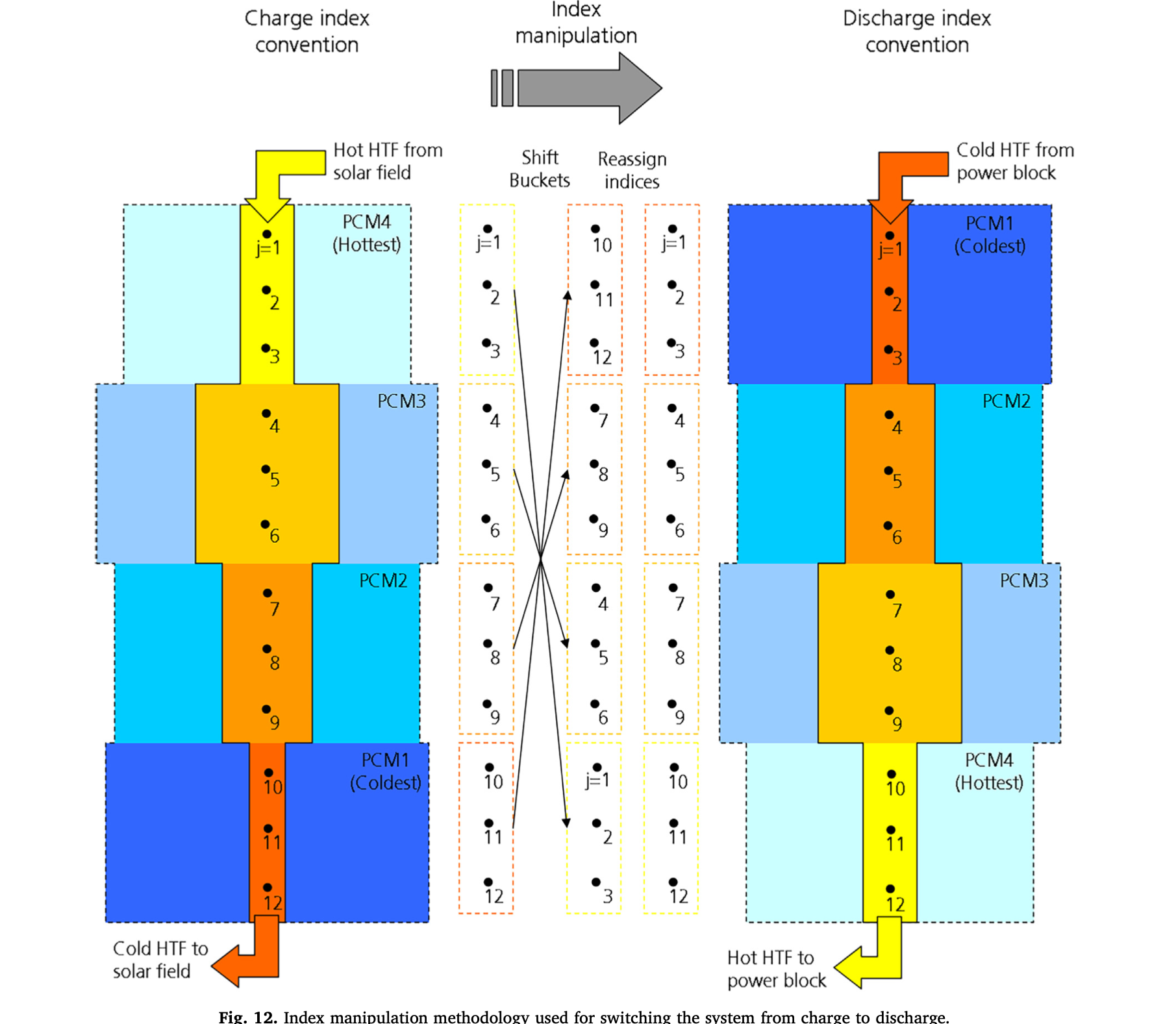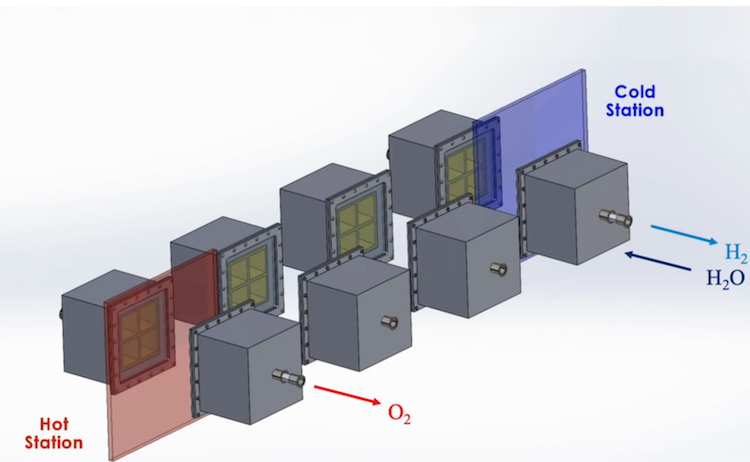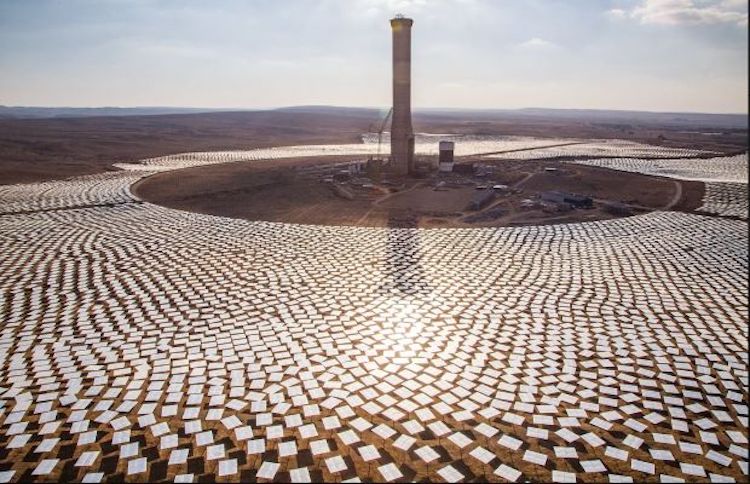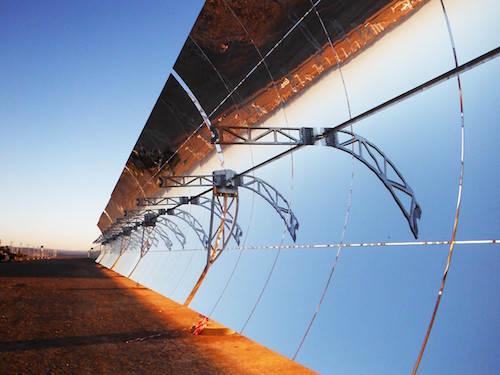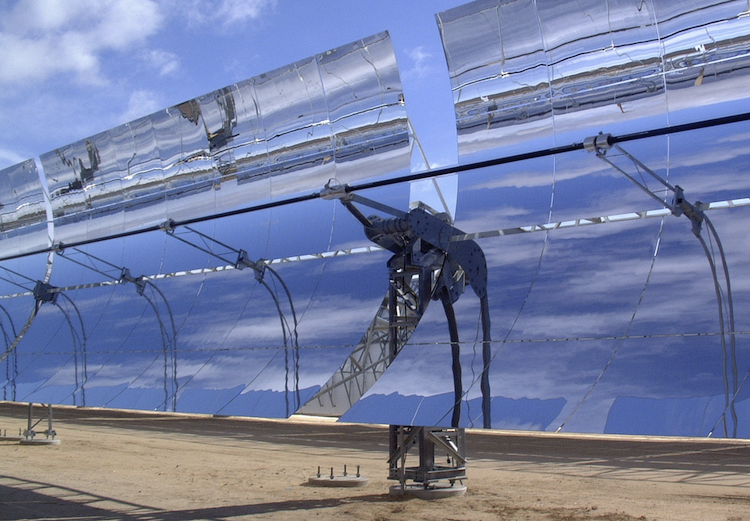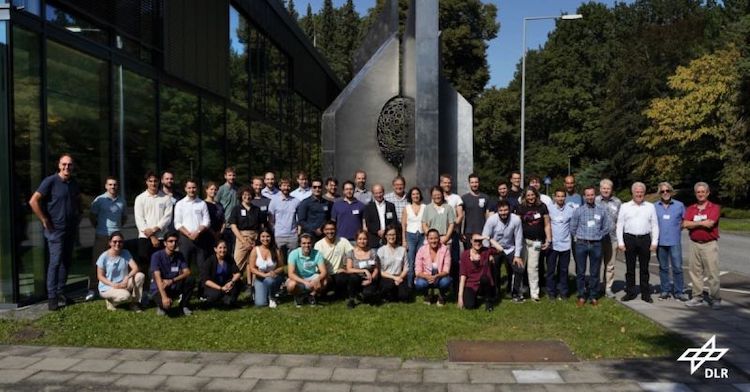 Energy Department Announces Achievement of SunShot Goal, New Focus for Solar Energy OfficeWASHINGTON, D.C. – In conjunction with the annual Solar Power International conference, the U.S. Department of Energy (DOE) released new research today that shows the solar industry has achieved the 2020 utility-scale solar cost target set by the SunShot Initiative. Largely due to rapid cost declines in solar photovoltaic (PV) hardware, the average price of utility-scale solar is now 6 cents per kilowatt-hour (kWh). Given this success, DOE is looking beyond SunShot’s 2020 goals with an expanded 2030 vision for the Solar Energy Technologies Office. Specifically, while DOE will continue research to drive down costs, new funding programs will focus on a broader scope of Administration priorities, which includes early-stage research to address solar energy’s critical challenges of grid reliability, resilience, and storage. “With the impressive decline in solar prices, it is time to address additional emerging challenges,” said Daniel Simmons, Acting Assistant Secretary for Energy Efficiency and Renewable Energy. “As we look to the future, DOE will focus new solar R&D on the Secretary’s priorities, which include strengthening the reliability and resilience of the electric grid while integrating solar energy.” To further the new priorities for DOE’s Solar Energy Technologies Office, Acting Assistant Secretary Simmons today announced up to $82 million in early-stage research in two areas:
Awardees will be required to contribute 20 percent of the funds to their overall project budget, yielding total public and private spending of nearly $100 million. The funds provided are not grants, but cooperative agreements, which involve substantial federal oversight and consist of go/no-go technical milestones that ensure attentive stewardship of projects. Solar energy currently supplies about 1.5 percent of U.S. electricity. With DOE’s help, the solar industry has drastically cut costs to enable technological innovation and market growth. In the last 10 years, the amount of solar power installed in the U.S. has increased from 1.1 gigawatts (GW) in 2007 to an estimated 47.1 GW in 2017—enough to power the equivalent of 9.1 million average American homes. According to the report from the National Renewable Energy Laboratory released today, low module prices have been the primary driver of cost reductions for solar energy. The more stubborn “soft” costs like labor, permitting, interconnection, customer acquisition, financing, and grid integration, remain challenges. To learn more about the work being done by the Department’s Solar Energy Technologies Office visit their website HERE. |
Home » Latest In: » CSP News Briefs »
SunShot Focuses $62 Million on CSP Cost Reduction
September 12, 2017
Latest In:
CSP News & Analysis
SolarPACES Announcements
CSP News Briefs
CSP Tech Explainers















